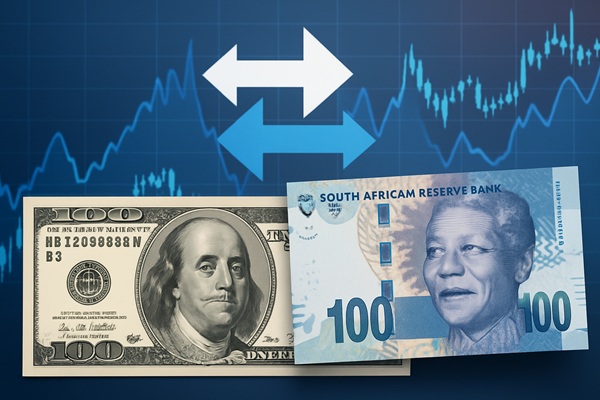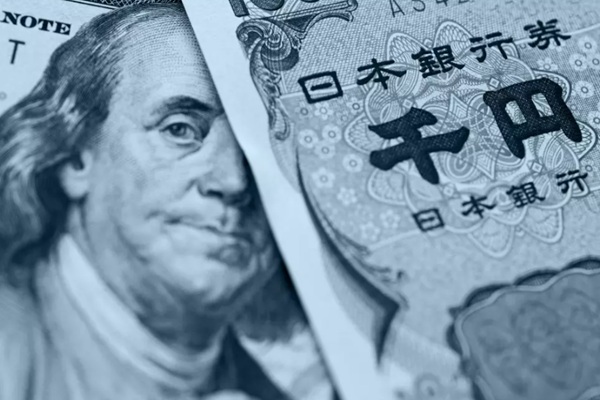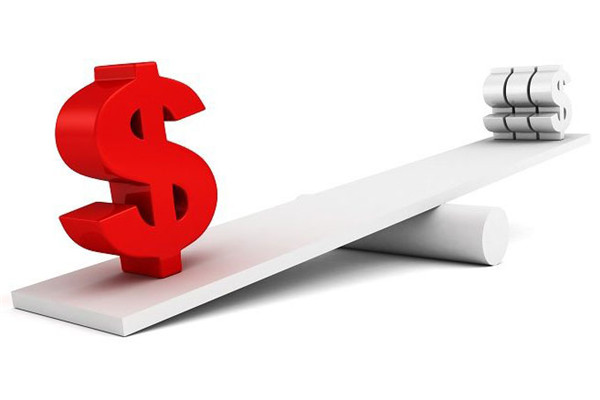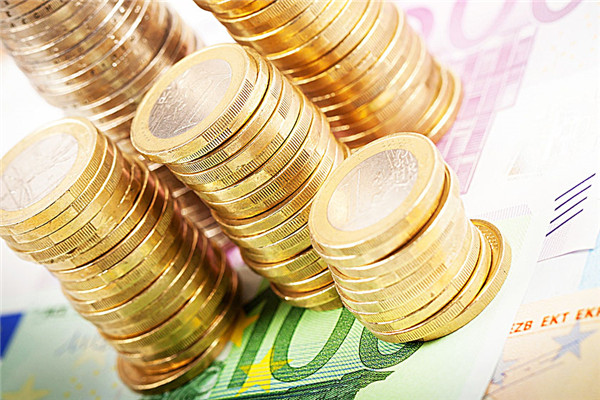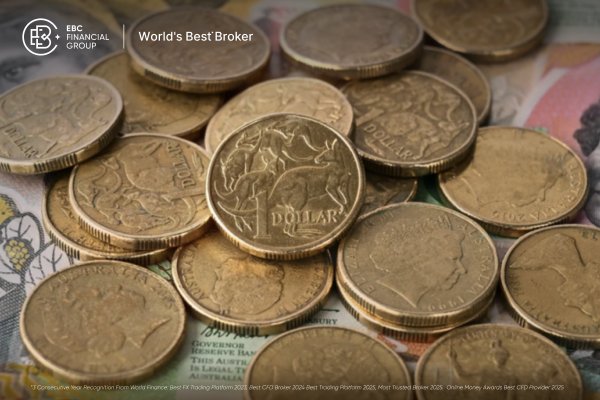Understanding the current exchange rate of the U.S. dollar against the Ghanaian cedi (USD/GHS) is essential for traders, businesses and investors with ties to Ghana.
As of today, 1 USD exchanges for approximately 10.44 GHS, reflecting a notable stabilisation following a multi‑year depreciation.
In this comprehensive guide, we explore the latest exchange rate, analyse historical trends, examine key drivers, and forecast future movements, helping you navigate currency exchange with confidence.
How Much Is 1 Dollar to Cedis Right Now?

The interbank mid-rate reported by the Bank of Ghana on July 18, 2025, stands at 10.4300 GHS per USD, with the buying rate at 10.4248 and the selling rate at 10.4352 GHS. Market data from converters indicate:
Overall, consensus places 1 USD at roughly 10.4–10.5 GHS, signalling marked cedi stability relative to past extremes.
Dollar to Cedis Historical Context

2022–2024: Currency Crisis Deepens
Between late 2021 and early 2023, the cedi experienced significant depreciation, with the exchange rate around 15 to 16 GHS per USD.
High local inflation (reaching 37% in September 2022), repeated currency devaluations, and surging demand for dollars led to Ghana's currency becoming one of the worst‑performing globally.
2025: Signs of Stabilisation
2025 brought a counter‑trend. By June, the USD/GHS exchange rate approached 10 GHS, driven by tighter central bank policies, improved foreign exchange inflows, and decreasing inflationary pressures.
July data confirm this trend, with the exchange rate settling between 10.4 and 10.5 GHS.
What's Driving the Exchange Rate?
1. Inflation Control & Central‑Bank Measures
Ghana's inflation remains elevated, though it has cooled down since 2022. The Bank of Ghana reintroduced monetary tightening through interest hikes and currency interventions. These actions have helped ease cedi weakness and anchor inflation expectations.
2. External Inflows & Dollar Supply
Improving inflows—remittances, commodity revenues, and potentially IMF budget support—have boosted dollar availability. This increased supply strengthens the local currency, particularly beyond pandemic‑era lows.
3. Global Dollar Trends
The USD's broader strength, driven by Federal Reserve actions and international capital flows, exerts upward pressure on many emerging‑market currencies, including the cedi. That makes Ghana's recent stability more notable.
Dollar to Cedis Forecast and What They Mean for You

Near‑Term Outlook (3–6 Months)
Expect the USD/GHS rate to remain in the 10.3–11.0 GHS range, assuming stable macroeconomic conditions. Key factors include the inflation trend, central bank policy, demand for U.S. dollars, and political events leading up to Ghana's December 2025 elections.
Traders and businesses should monitor monthly inflation reports and foreign exchange policy statements.
Medium‑Term Outlook (1 Year)
Assuming fiscal restraint and external financing support, including ongoing IMF engagement, the rate may find a steadier footing, projecting a range of 10.0 to 12.0 GHS into mid‑2026. Upward risk remains if inflation resurges or exports falter.
Long‑Term Considerations
Ghana's cedi is likely to remain sensitive to inflation disparities, dollar funding dynamics, and governance trends.
Structural improvements in fiscal policy, export diversification, and foreign investment are necessary; otherwise, periodic depreciation is likely to continue, with nominal USD/GHS rates reaching 12 to 15 GHS in the coming years.
Practical Strategies for Forex Traders Dealing with USD/GHS

1. Focus on Key Economic Indicators
Successful forex trading in exotic pairs such as USD/GHS hinges on macroeconomic awareness. Monitor these closely:
Ghana's inflation and interest rate data (released monthly by the Ghana Statistical Service and the Bank of Ghana)
U.S. inflation and Fed rate decisions (impact on USD strength)
Ghana's trade balance and forex reserves
Political developments, especially with Ghana's December 2025 elections approaching
2. Trade Around Central Bank Events
The Bank of Ghana's monetary policy announcements often cause immediate spikes in the cedi's value. Traders can:
Take positions before expected hawkish/dovish statements.
Use tight stop-losses around high-volatility news events.
Monitor USD liquidity injection/supply adjustments via official press releases.
3. Use Technical Analysis on Wider Timeframes
Given the cedi's lower liquidity and higher spread, avoid over-trading small movements. Instead:
Use daily or weekly charts to find long-term trends.
Apply moving averages, Fibonacci retracements, and MACD for clearer signals.
Watch key levels: current resistance lies around 10.50–10.60, while support is at 10.20–10.30
4. Practice Risk Management Religiously
Due to potential wide swings and thinner order books:
Never risk more than 1–2% of your capital on a single trade.
Use wider stop-losses to avoid getting whipsawed, but adjust position size accordingly.
Stay aware of slippage and spread costs, especially during off-peak trading hours.
5. Avoid Overleveraging
The temptation to over-leverage exotic pairs is high, but comes with risk. When trading USD/GHS, it's vital to use conservative leverage, particularly because news events can lead to fluctuations of 2–3%.
6. Watch for Seasonal and Political Patterns
Historically, the cedi has shown a tendency to weaken:
During import-heavy quarters (e.g., Q3–Q4 when Christmas goods are imported)
Leading into elections, where political uncertainty can trigger capital flight
7. Be Cautious with Liquidity
USD/GHS is an exotic pair with lower trading volume on most global platforms. It means:
Key Factors to Watch
To reiterate, watching these variables can provide early warning of major exchange‑rate shifts:
Inflation updates: Rising CPI may signal renewed depreciation pressure.
Bank of Ghana policy meetings: Any movement in interest rates or forex sales strategy is critical.
IMF budget support timelines: Disbursements often stabilise currencies.
Political calendar: Ghana's December elections are potential triggers to volatility.
Global commodity prices: The prices of cocoa, gold, and oil will influence forex inflows.
Global USD trends: Federal Reserve actions shape emerging‑market currency direction.
Conclusion
In conclusion, the USD/GHS exchange rate is currently around 10.4–10.5 GHS, showing significant recovery from the crisis period when the cedi exceeded 15 GHS per USD. This improvement has been driven by ongoing inflation control, central bank tightening, and foreign exchange inflows.
However, risks persist due to global dollar moves, domestic inflation, and election‑driven uncertainty. Forecasts suggest a stable range of 10–12 GHS in the medium term, barring unexpected shocks.
Disclaimer: This material is for general information purposes only and is not intended as (and should not be considered to be) financial, investment or other advice on which reliance should be placed. No opinion given in the material constitutes a recommendation by EBC or the author that any particular investment, security, transaction or investment strategy is suitable for any specific person.











